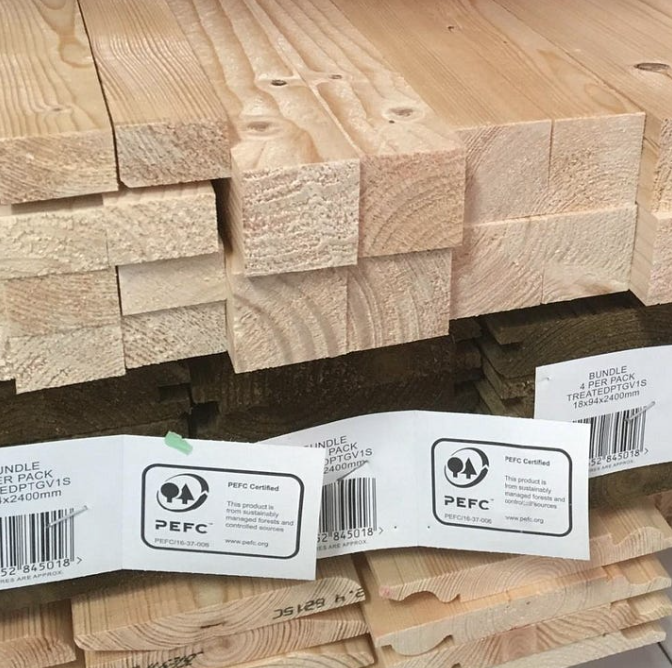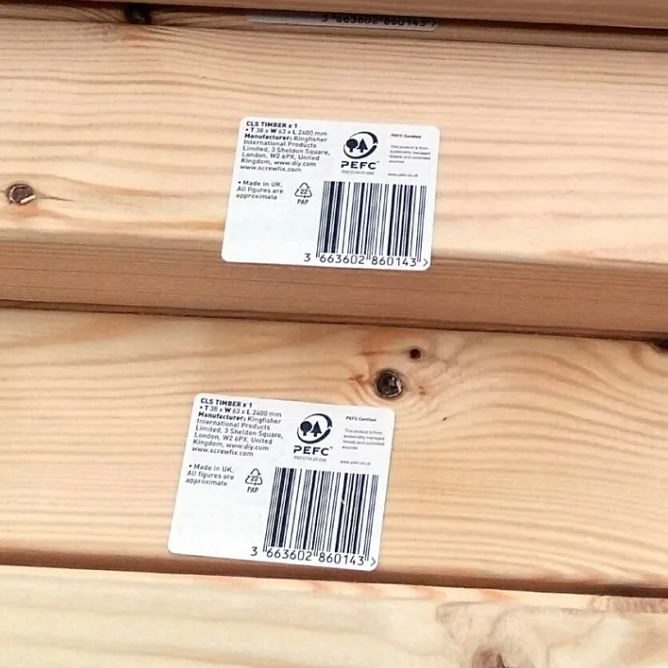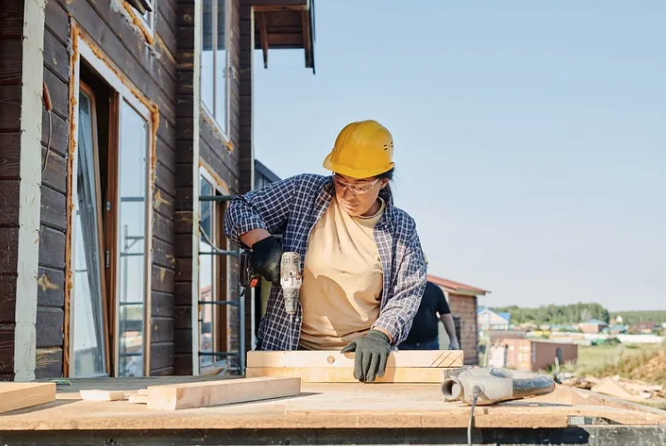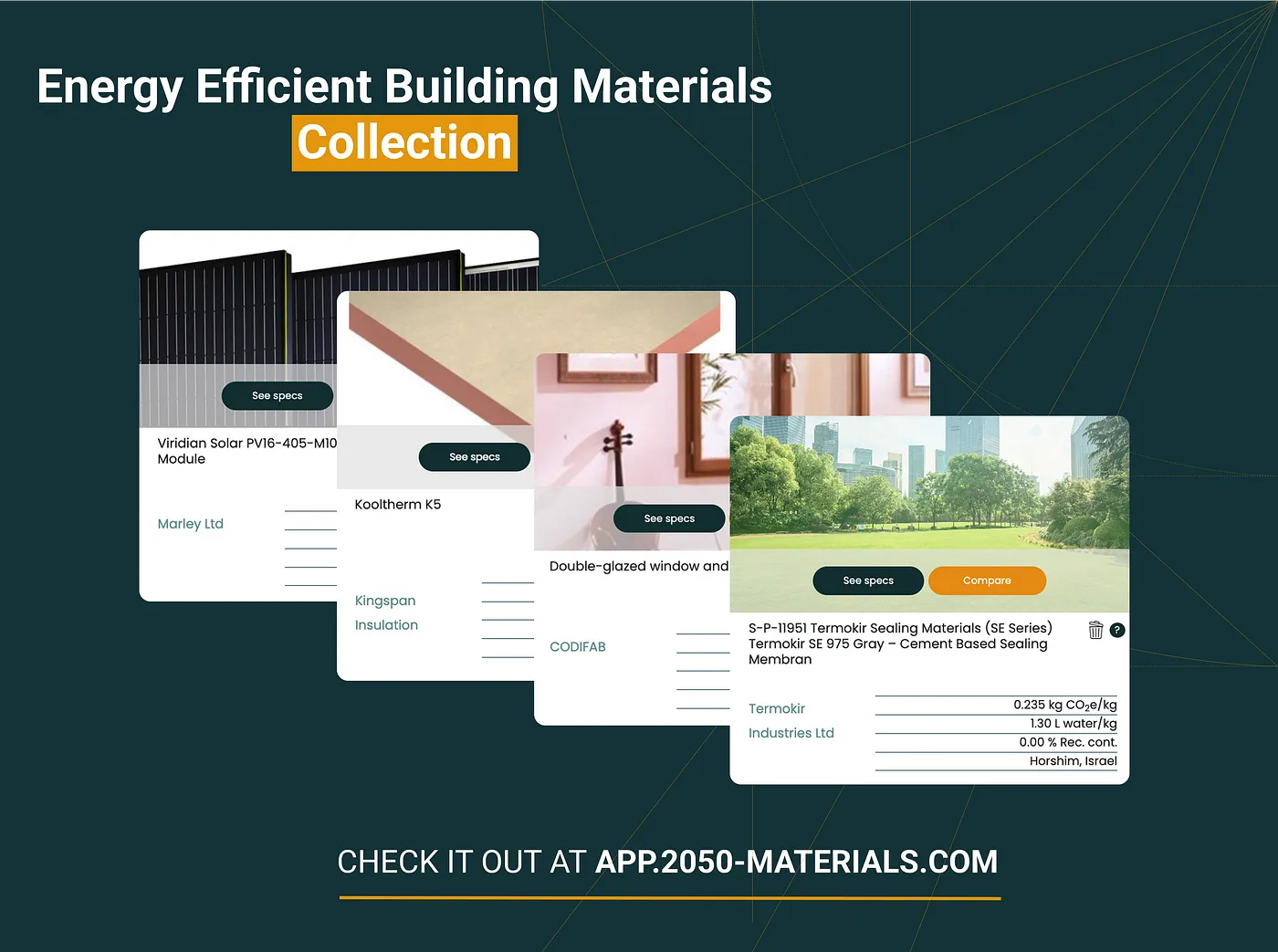PEFC: The Programme for the Endorsement of Forest Certification

PEFC and what it’s all about
PEFC, the Programme for the Endorsement of Forest Certification, was founded by small family forest owners to demonstrate excellence in sustainable forest management.
PEFC endorses national forest certification systems that were created via collaborative efforts and adapted to local needs and conditions. To ensure consistency with international requirements, all national forest certification systems undergo third-party assessment against the PEFC Sustainability Benchmarks before they can achieve endorsement.
PEFC contributes to achieving the SDGs as it works towards unlocking the full potential of forests for a sustainable world.
The importance of forests
For our planet, humanity, and the global economy, forests are absolutely essential to support life as we know it. Not only do they act as the lungs of our planet, mitigating the consequences of global warming, climate change and natural calamities, but they are also one of the most biologically rich ecosystems necessary to safeguard life for future generations.
 “It’s the little things citizens do. That’s what will make the difference. My little thing is planting trees.” — Wangari Maathai
“It’s the little things citizens do. That’s what will make the difference. My little thing is planting trees.” — Wangari Maathai
The PEFC label
By selecting a product carrying the PEFC label, you can support our forests and their continued health.

 “When you see the PEFC label on a product, it means that it comes from a PEFC-certified forest (obviously, only the forest-based material within the product). A PEFC-certified forest is a forest that is managed in line with the strictest environmental, social and economic requirements. A forest that will be around for generations to come.”
“When you see the PEFC label on a product, it means that it comes from a PEFC-certified forest (obviously, only the forest-based material within the product). A PEFC-certified forest is a forest that is managed in line with the strictest environmental, social and economic requirements. A forest that will be around for generations to come.”
Tracing material from these forests all the way through the supply chain to the finished item you purchase is possible thanks to PEFC chain of custody certification. It safeguards the rights of workers throughout the manufacturing process in addition to assuring that the material originates from a certified forest.
What you can do
a) Look for the PEFC label
The PEFC label can be seen on a wide variety of products, including timber flooring, fittings, furnishings and equipment, garden sheds, tissues, paper, and even small “daily-routine” products such as notebooks. Packaging is a huge part of it as well — you can find PEFC-certified packaging on a variety of products.
b) Specify and procure PEFC-certified products
Since PEFC has international reach, you can discover a wide variety of PEFC-certified products anywhere on the globe.
Whether you’re a forest owner or company within the forest supply chain, get PEFC certified and help protect the world’s forests.
Get Certified
Thanks to PEFC chain of custody certification, companies from across the world can have independent, verifiable assurance that the certified forest-based material they use comes from responsibly managed forests.
Why use wood for building?
Wood is good for the environment. And more importantly, it is a renewable resource. It uses less energy to produce than concrete, steel, cement, and glass, and instead of emitting carbon, it stores it over its lifespan.
Buildings made of wood are healthy. The indoor climate and, consequently, the happiness and health of those who reside in or work in the building are positively impacted. Additionally, wood is a great temperature and humidity controller through its permeability properties; they regulate the environment’s humidity.
Wood permits imaginative designs. Wood is robust, adaptable, beautiful, and simple to work with, process, and finish, making it the perfect material for original and creative ideas. Because each piece of wood is distinct in terms of its grain, color, and lines, each piece has its own distinctive qualities.
Wood allows shorter construction programmes. Because a home made of wood is lighter than one made of traditional materials, the foundations can be smaller and more straightforward, making the structure easier to assemble and construct. Many components created in workshops only need to be assembled on the construction site.
We are huge advocates of timber construction. More and more construction projects are now specifying certified wood, and both governmental agencies and private businesses are choosing to use paper and wood from sustainable sources.
Ensure that it is certified

Although wood is a great building material, there is one important question to ask: is it certified?
No matter if it is made of solid wood or engineered wood like CLT and glulam, PEFC-certified timber originates from a forest that has been sustainably managed in accordance with stringent international standards.
In order to provide us with lumber and other forest products while also preserving the forest for future generations, forest owners must manage their land in this way.
Certification is important because it shows that the wood used in construction is sourced responsibly and that efforts have been made to plan and construct new structures with the future of healthy forests in mind.
Timber and engineered wood products with the PEFC certification are readily available for construction projects from a variety of international vendors. In addition, PEFC Project Chain of Custody certification for construction projects can be obtained to show superior ethical sourcing.
How PEFC-certified products contribute credits to building-wide certifications

Utilizing timber that has received PEFC certification can aid in firstly ensuring eligibility under building-wide certifications, but also in achieving additional credits when striving for Excellent and Outstanding BREEAM ratings. The RICS SKA environmental performance standard for fit-out projects likewise heavily emphasizes certified wood. PEFC-certified wood is approved in green building procurement programs all around the world, including the LEED environmental evaluation program of the US Green Building Council, Built Green in Canada, and even CASBEE in Japan.
The demand for certified timber is being fueled by green building standards like LEED and BREEAM as well as industry and private sector responsible sourcing policies. Additionally, they convey to forest owners the importance of sustainable forest management and the value that businesses and customers around the world place on their investment in sustainable forest management certification.
Legislation: The PEFC Chain of Custody accreditation gives you more confidence in demonstrating compliance with rules including the US Lacey Act, and UK Timber regulations.
Clients: Corporate reputations are becoming more and more dependent on demonstrating a commitment to stop deforestation, preserve biodiversity, and act in a socially responsible manner.
2050 Materials & PEFC partnership
2050 Materials has partnered with PEFC to minimise the impact of the construction industry on forests, strengthening the fight against climate change.
If you are a timber-based building product manufacturer trying to align your products with the climate emergency, you should opt for the PEFC certification (contact: info@pefc.org) and be on 2050 Materials.
It is effortless to list a product on the platform, and we’ll actually do it for you — while it ensures your products are visible in the latest sustainability and reporting tools used by specifiers worldwide.
Reach out to info@2050-materials.com to book a demo and get started!
Related articles

The Most Interesting Low Carbon Products in Office Design
In this article and collection, we highlight 11 outstanding products that contribute to a lower carbon footprint in office design.
Read more
Top Low Carbon Building Boards: Performance, Benefits, and Use Cases
The building boards highlighted in this article and collection showcase low-carbon innovation in modern construction.
Read more
11 Interesting Energy Efficient Building Materials for Reduced Environmental Impact
Discover a collection of energy efficient building materials that not only reduce greenhouse gas emissions but also contribute to long-term durability.
Read more